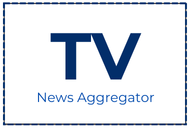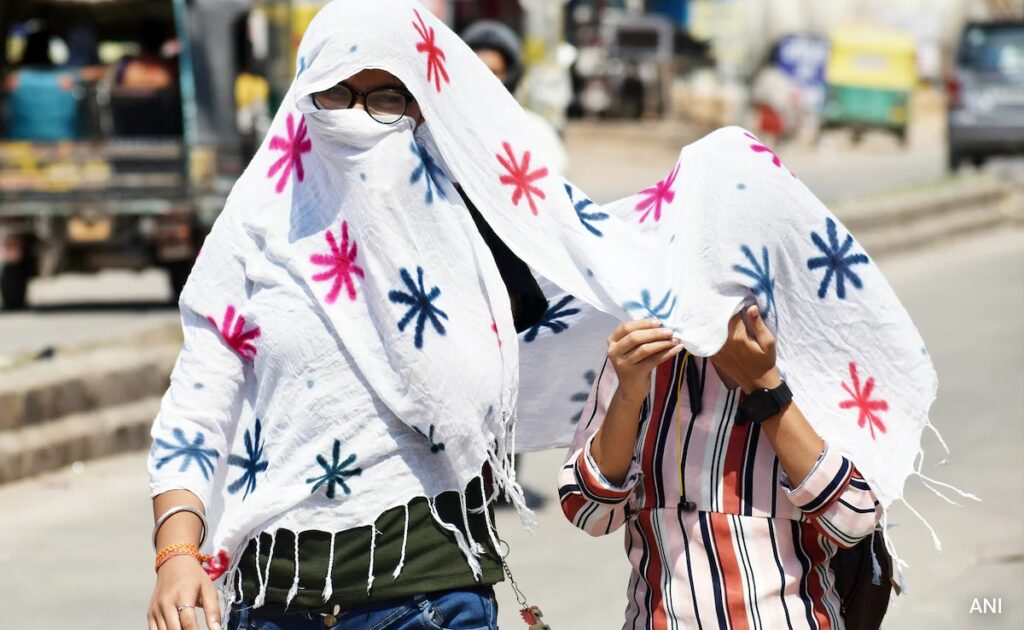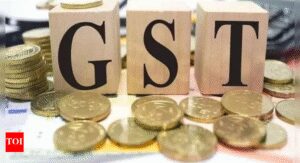
Mumbai is experiencing an unusual heatwave as temperatures soared to 38.4 degrees Celsius on Monday – the highest recorded in February in the last five years. The India Meteorological Department (IMD) has issued a heatwave warning for February 25-26, warning residents about the extreme conditions.
At 38.4 degrees Celsius, Santacruz observatory recorded a temperature 6.4 degrees above normal, while Colaba recorded 36.8 degrees Celsius, exceeding the norm by 6.2 degrees. The IMD has also extended its alert to Thane, Raigad, and Ratnagiri, as these regions experience rising temperatures.
Why is Mumbai witnessing a heat wave in February?
IMD scientist Sushma Nair attributed the unusual heat surge to strong easterly winds and a delayed sea breeze, which usually cools the city. “The heat is persisting due to an anticyclone at the mid-level, preventing air from rising,” she said.
Mumbai’s all-time highest February temperature remains 39.6 degrees Celsius, recorded on February 25, 1966. The last time the city experienced similar February heat was on February 28, 2020, when the temperature hit 38.4 degrees Celsius.
No Respite
Weather forecasts suggest Mumbai’s maximum temperature will remain around 37 degrees Celsius over the next 24 hours, with a minimum of 22 degrees Celsius. The heatwave is expected to last at least three more days, with no major atmospheric changes in sight.
Heatwave: Do’s and Don’ts
To prevent heat-related illnesses, the IMD has issued some essential guidelines:
Do’s:
- Stay indoors, especially between 12:00 pm and 3:00 pm
- Drink plenty of water, even if you’re not thirsty
- Wear light-coloured, loose-fitting cotton clothes
- Use hats, sunglasses, and umbrellas when stepping out
- Carry a bottle of water while travelling
Don’ts:
- Avoid alcohol, tea, coffee, and carbonated drinks (they cause dehydration)
- Refrain from strenuous activities in peak heat hours
- Avoid high-protein foods and stale food
Meteorologists predict a gradual rise in minimum temperatures across Northwest India, with an increase of 3-5 degrees over the next four days. In Central India and Gujarat, a 2-3 degrees temperature rise is expected in the coming days.
Hot and humid conditions are also forecasted for Konkan, Goa, and coastal Karnataka until February 28.














